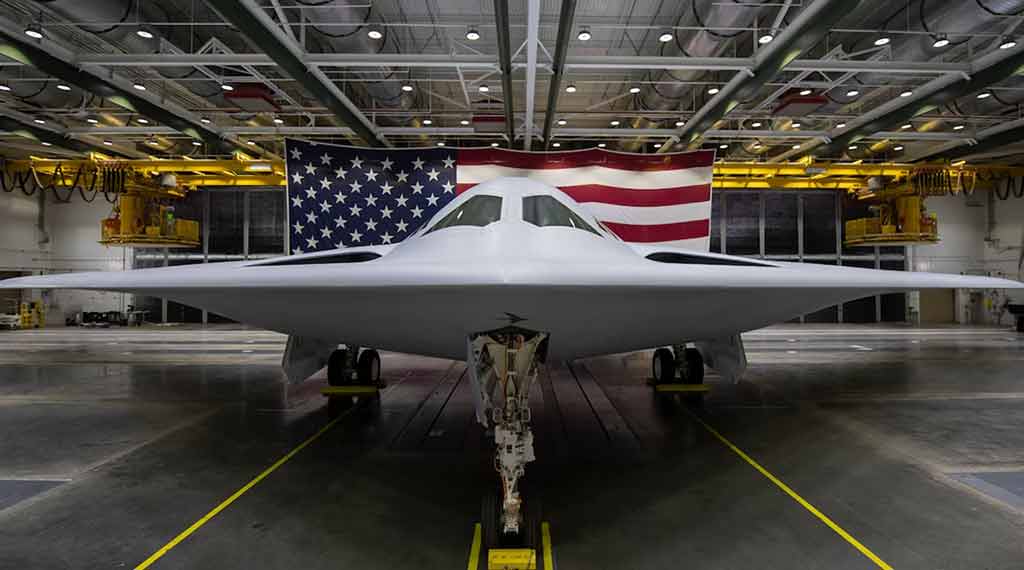B-21 Raider: The expensive bomber the US Air Force is desperate for

The B-21 Raider, despite its high cost, is deemed essential for the U.S. Air Force’s future readiness, with production set to proceed at a low rate to accommodate potential budget cuts. This strategy, influenced by lessons from the F-35 program, aims to ensure cost-effective production. The Raider, a “sixth-generation” bomber developed by Northrop Grumman, will serve multiple roles, including as a stealthy battle manager and intelligence collector. With an initial plan to introduce at least 100 bombers, analysts argue for increasing the fleet to 150-200 units to maintain a competitive edge, particularly against China’s advancing military capabilities.
Latest posts by Maya Carlin (see all)
- America’s Supercarriers Are Back in Force in the Pacific - December 30, 2025
- Israel’s $2 Iron Beam Laser Could Disrupt Missile Warfare - December 23, 2025
- US Stands Up New Drone Strike Force in the Middle East - December 9, 2025
